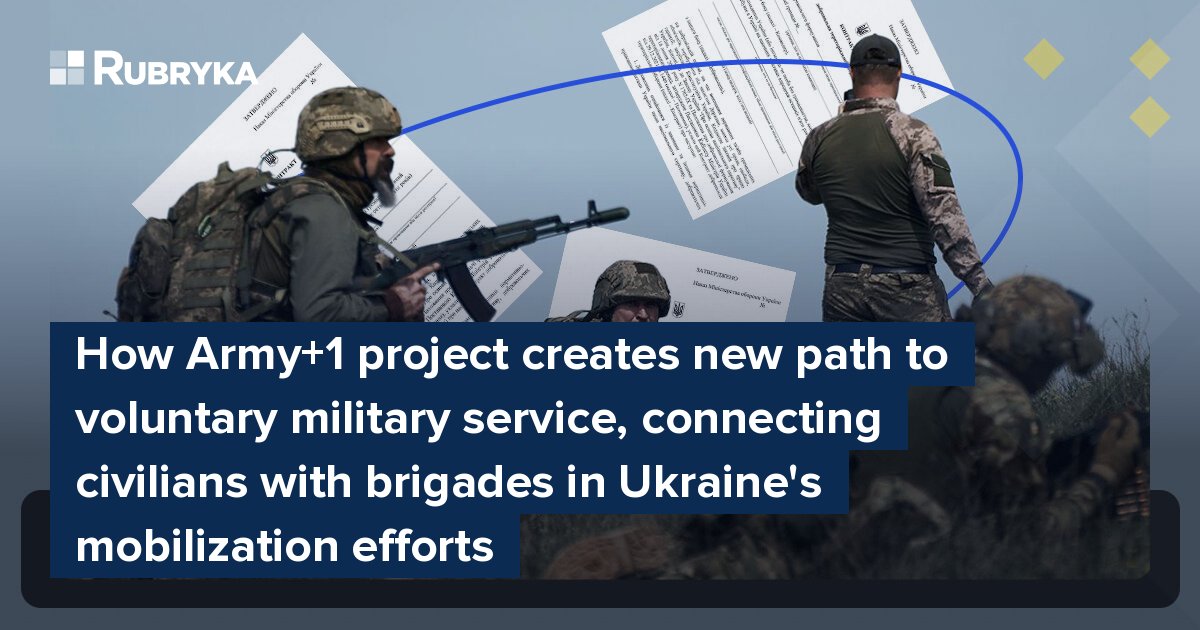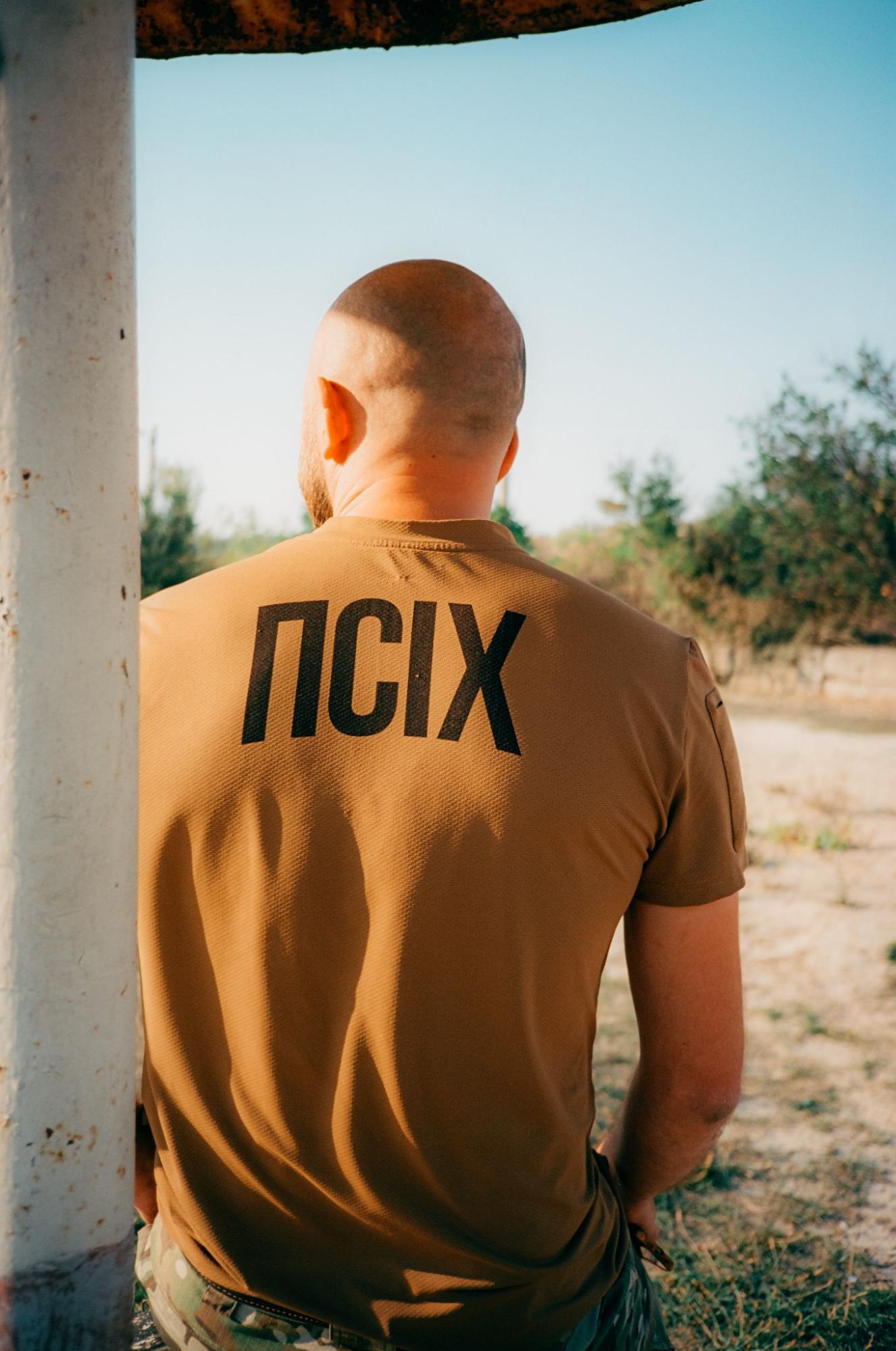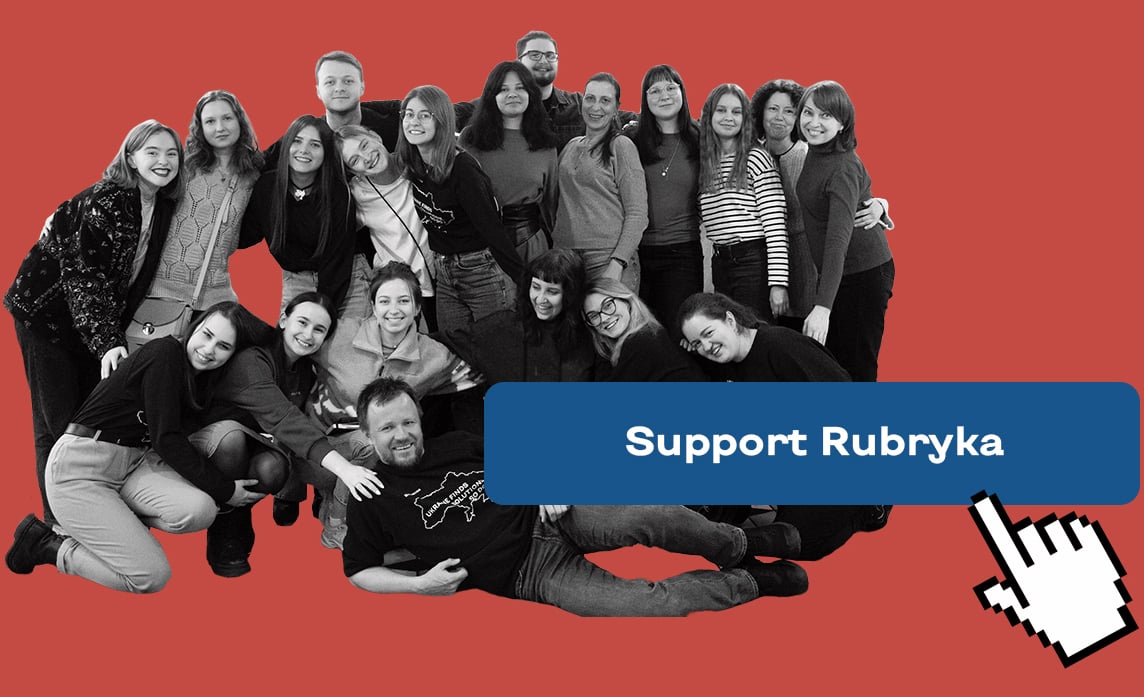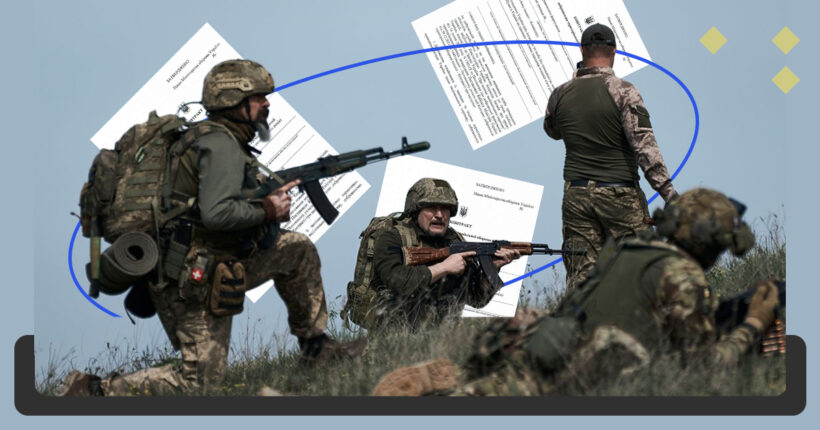
What is the problem?
The mobilization process in Ukraine faces numerous challenges. Despite a critical shortage of personnel, efforts to replenish the army remain disorganized and flawed. Instead of employing systematic methods to motivate and engage people, authorities often resort to coercive tactics. This approach not only fails to address the issue but also creates additional obstacles to building a combat-ready army.
Serge Hutsanu, a journalist and photographer who recently became a serviceman in the communications unit of the 28th Knights of the Winter Campaign Separate Mechanized Brigade, illustrates these challenges. At the start of the full-scale invasion, he joined the Territorial Defense Forces in the Kyiv region. However, once the immediate threat to the capital subsided, communication with his command was lost. About eight months ago, Hutsanu took it upon himself to search for a suitable brigade. His primary criteria, beyond basics like competent leadership, was finding a role where he could use his skills to document and share the reality of the war in Ukraine with the world.

Serge Hutsanu. Photo from the hero's archive
Hutsanu cites inspiration from the work of Robert Capa, a legendary photojournalist whose front-line photographs have become iconic in the field of photojournalism. One notable example is Capa's image "Loyalist Militiaman at the Moment of Death," which captured the exact instant a soldier was struck by a bullet. Hutsanu is convinced that serving can also be a calling.
"I was deeply moved by that photograph," Hutsanu reflects. "It made me realize that the most meaningful thing artists can do is to be at the heart of events and share them with the world. Sure, it's great that I once photographed artists Jamala or Otoy for The Village media outlet, but when war comes to your country, you must use your skills to contribute. I firmly believe that everyone in the army should leverage the expertise they've gained in civilian life."

Film shot by Serge Hutanu
For Serge, mobilization was driven by several factors, but one of the most significant was fear—not of battle itself, but of losing everything he held dear. As a husband and father, the uncertainty of life in a country at war weighed heavily on him. The idea of waiting idly, unsure of what the future might bring for his family, frightened him more than the prospect of enlisting.
However, finding a suitable brigade proved far from straightforward. Hutsanu embarked on the search independently, relying on personal connections and recruitment platforms. Despite months of effort, the process was slow and ultimately fell short of his expectations.
What is the solution?
The idea for the recruiting project originated with Tania Kameneva, a volunteer and founder of the Shields Ukraine charity foundation. During her trips to the Donetsk region, Kameneva identified the needs of individuals and connected them with her own resources and expertise. Through her volunteering, she developed personal relationships with various brigades and gained insight into how they functioned—from the leadership's approach to handling paperwork. This understanding led her to realize that her team could serve as a bridge between civilians interested in military service and the units themselves.
"Often, even well-intentioned civilians lack direct connections to the military or may only know a few brigades without a clear understanding of their operations," explains Kameneva. "We have this insight and can act in a consulting capacity to help those considering military service find excellent brigades where they can effectively apply their skills."

Photo: Tania Kameneva's Instagram page
The primary goal of the Army+1 project, as its founder describes, is to fill the army with individuals who consciously choose their role in defending the country, while making the mobilization process as positive as possible for them.
At present, Army+1 collaborates with eight brigades and units: "Achilles" of the 92nd Special Forces Brigade, "Rubizh" (4th Operational Brigade of the NGU), "Spartan" (3rd Operational Offensive Brigade of the NGU), the 28th Knights of the Winter Campaign Separate Mechanized Brigade, the 47th Magura Separate Brigade, the 14th UAV Regiment, the 12th Special Forces Unit, and "Signum" (a unit within the 93rd Kholodnyi Yar Separate Brigade). Kameneva notes that this is just the beginning, as the number of partner brigades is steadily growing.
The selection of these brigades is deliberate, based on four key criteria:
- Personal familiarity with the brigade's command and personnel.
- High-quality, long-term training programs.
- Well-organized documentation processes.
- Openness to collaboration.
One of the project's standout features is its ability to access information about open positions early. This allows Army+1 to publish recruitment ads ahead of others, giving potential recruits a better chance to secure roles with less competition.
Currently, the project operates with a team of four volunteers. While their capacity is limited, they work to carefully manage the number of vacancies they can handle, ensuring quality and efficiency.
How does it work?
Individuals who wish to join the Armed Forces through the Army+1 project begin by filling out an online questionnaire, which serves as a resume tailored for prospective military personnel. The form gathers essential details such as personal information, professional skills, driving abilities, desired position and brigade, health status, and more.
Once the questionnaire is submitted, the applicant is invited to an interview with a member of the Army+1 team. During this discussion, they learn about available brigades and vacancies, share their preferences, and address any questions or concerns they may have.
Based on the interview, the team proposes brigade options and facilitates contact with the respective commands. The next step involves interviews between the applicant and the selected brigades. Importantly, these interviews do not commit the individual to mobilize. If they decide against joining, wish to postpone their decision, or encounter unforeseen issues, they can decline without any repercussions.
For those who choose to proceed, the selected brigade provides a letter confirming their intent to hire the applicant for service. With this letter, the recruit reports to the Territorial Recruitment and Social Support Center and subsequently begins training.
For those who ultimately decide to mobilize, the process takes about 10 days. This is followed by 35 days of basic military training, after which recruits join their chosen brigade. All services provided by the Army+1 project are free of charge.
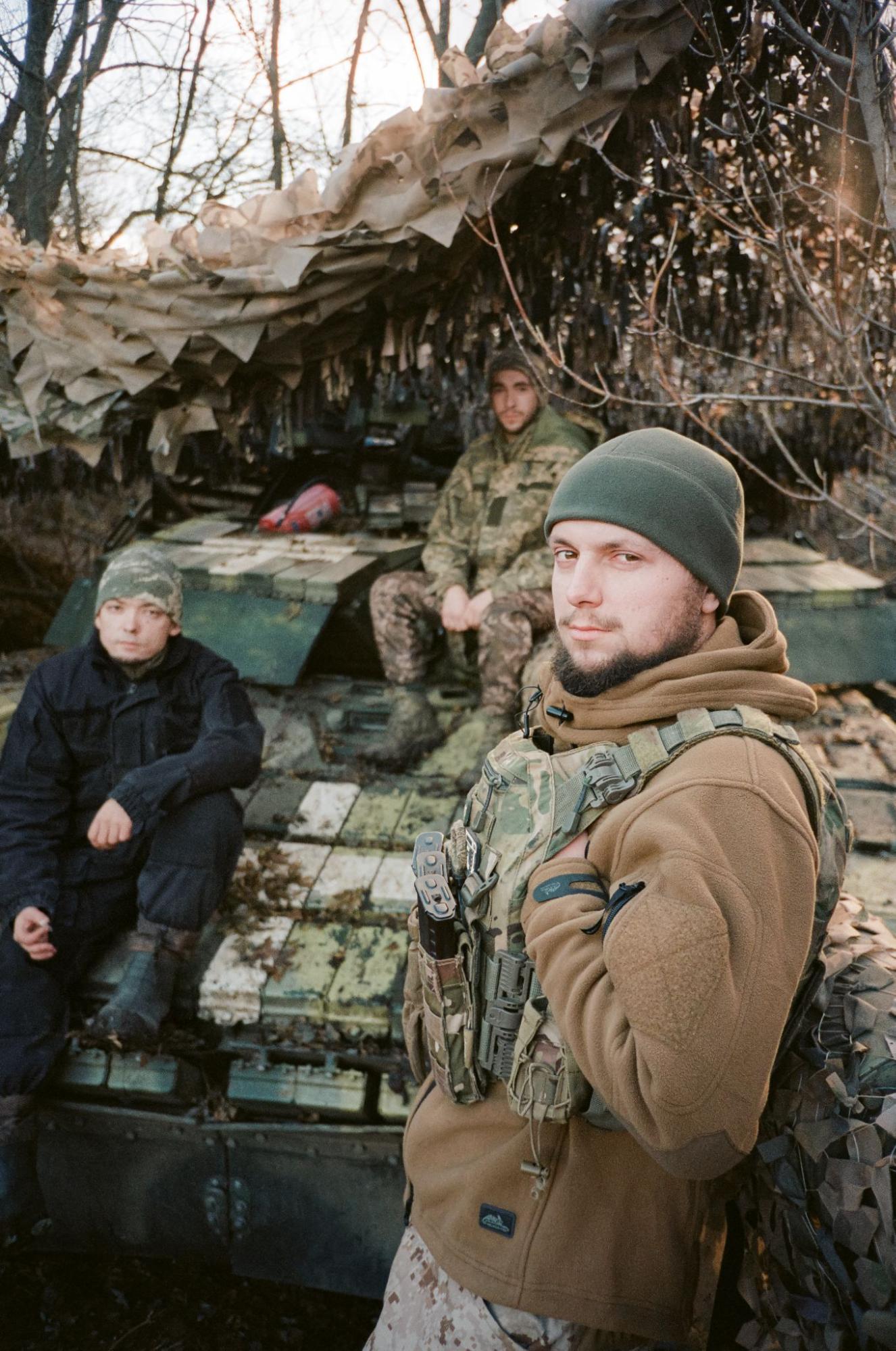
Photos courtesy of Serge Hutsanu
Hutsanu highlights one key advantage of conducting a personal search for a brigade: the ability to choose. He emphasizes that finding the right fit wasn't immediate and required interviews with several brigades.
"With the 28th Separate Mechanized Brigade, we align completely in terms of vibe. I understand the values of this brigade and share the moral and ethical beliefs of the command and the people I work with now," the serviceman explains. "Plus, I tell everyone, 'In the name of the Knights of the Winter Campaign'—it sounds beautiful."
Reference:
The Knights of the Winter Campaign were a unit of Ukrainian military personnel from the UNR Army that carried out a heroic raid behind Bolshevik and Denikinist lines in 1919–1920.
In addition to this poetic reasoning, Hutsanu has a practical explanation for his choice. Earlier in the spring, while still a civilian, he joined Kameneva on a volunteer trip to the Donetsk region. During this visit, they provided support to the "Kholodnyi Yar" and 28th Separate Mechanized Brigade. There, he met members of these brigades and gained insight into their culture, helping him determine which one he wanted to join in the future.
"I think this is how it should be," Hutsanu reflects on the recruiting process. "Involvement is key. You need to see the army firsthand, meet the people, and realize they are just like you. It's important not to feel intimidated or fearful. Being in this environment allows you to understand how everything works and make an informed decision for yourself. What scares most people about joining the army is uncertainty, and it's crucial to reduce that fear."
However, the Army+1 project, like the Armed Forces themselves, faces a significant challenge: a shortage of recruits. After three years of full-scale war, finding civilians willing to join the military has become increasingly difficult.
The project primarily works with civilians who independently express a desire to mobilize. It does not assist individuals already mobilized through the military commissariats or those in active service seeking to transfer between brigades. Kameneva acknowledges the complexity of such transfers:
"The issue of transfers within the army is quite complicated. We've attempted to help individuals who were already conscripted but had specific expertise that could benefit one of our partner brigades. Unfortunately, we were unsuccessful. The process is extremely challenging under current conditions."
The project also encounters cases where people eager to serve are denied mobilization, often due to medical issues. Kameneva notes that some brigades have strict internal policies regarding certain health conditions. For example, one applicant with a blood-clotting disorder was aware of the risks but still wanted to serve. While some brigades rejected him, others were willing to accept him despite his condition.
Does it really work?
The Army+1 project has been operational for eight months. During this time, the team has processed requests from approximately 80 individuals, with around 30 ultimately joining the army. Women make up 15% of all applicants.
Kameneva observes that more women are now actively considering and pursuing military service. To support this trend, Army+1 plans to survey their partner brigades to assess their readiness to accommodate women. This includes evaluating whether brigades can provide women's uniforms and body armor and their willingness to assign women to combat roles.
"We admire people who voluntarily choose to join the army, regardless of gender," says the volunteer. "Our priority is to ensure that those who take this step are equipped with everything they need to perform their duties effectively."
Popular roles among recruits include drone operators, engineers, press service workers, and videographers. Some volunteers are also interested in serving in infantry roles. However, positions in artillery and as sappers are less in demand, even though such vacancies are available.
Applying independently to recruiting centers and platforms allows individuals to take control of their lives and choose a military profession that aligns with their skills and interests. Hutsanu, for instance, opted for a role as a communicator, leveraging his experience in the media sector. He explains that working in the military press service is far more than just managing social media posts. A significant part of the job involves coordinating with Ukrainian and foreign journalists and facilitating their access to the front lines.
This choice also enabled Hutsanu to continue pursuing his passion for photography. He notes that his military duties and photography complement each other, though the context and challenges are vastly different. On his Instagram, Hutsanu shares compelling photos of his fellow soldiers and their stories.
Even more useful solutions!
How can the mobilization process be systematically changed at the state level so that people join the army on their own? Both of our heroes have not found an answer to this question. At the same time, both say that the main thing is people's personal motivation.
It is essential for every Ukrainian to understand why they are fighting—or should be fighting.
"If I go to the front line now and ask my comrades what they are fighting for, each of them will say they are fighting so the war doesn't come to their home," Hutsanu shares.
Kameneva underscores the importance of transparency in the process.
"For me, everything hinges on truth, transparency, and responsibility. The more these values are present, the more people will be drawn to join those who promote them. Transparency of processes, the option for transfers, and clarity about the duration of service—all of this matters. But how can we talk about the length of service if we don't even know how long Russia will continue its attacks?" says the volunteer. Those interested in joining the Armed Forces can do so through the Army+1 project by filling out a questionnaire. Additionally, dozens of recruiting centers from various brigades operate across Ukraine, along with the Ukrainian Army Recruiting Center, the Lobby X platform, the Ministry of Defense's website for army vacancies, and others.


